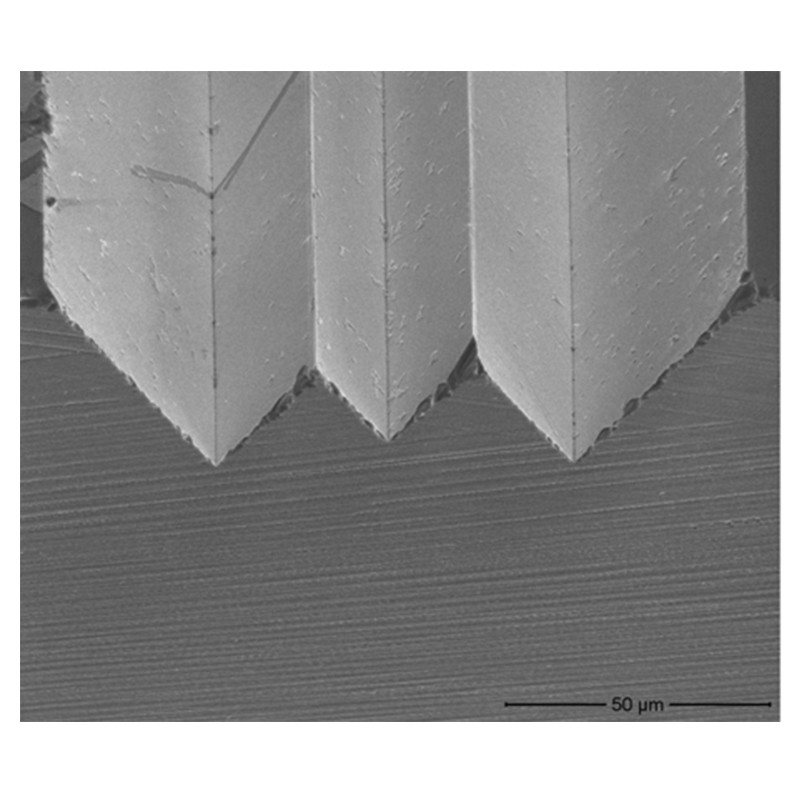Electron Diagnostics for Extreme High Brightness Nano-Blade Field Emission Cathodes
Lawler, G.; Sanwalka, K.; Zhuang, Y.; Yu, V.; Paschen, T.; Robles, R.; Williams, O.; Sakai, Y.; Naranjo, B.; Rosenzweig, J.
Electron beams are essential tools in modern science. They are ubiquitous in fields ranging from microscopy to the creation of coherent ultra-fast X-rays to lithography. To keep pace with demand, electron beam brightness must be continually increased. One of the main strategic aims of the Center for Bright Beams is to increase brightness from photocathodes by two orders of magnitude. Improving the state-of-the-art for photoemission-based cathodes is one possibility. Several factors have led to an alternative design becoming an increasing necessity; the nanoscale structure. Field emission sources from nano-tips would be an ideal candidate were it not for their low current and damage threshold. A 1-dimensional extended nano-fabricated blade, i.e., a projected tip, can solve the problems inherent in both designs. The novel geometry has been demonstrated to produce extremely high brightness electron beam bunches and is significantly more robust and easier to manufacture than traditional photocathodes. Theory indicates electron emission up to keV energies. We thus present a system of diagnostics capable of analyzing the cathodes and assessing their viability. The diagnostics are designed to measure the electron spectrum up to keV energies, with sub meV resolution at <100 eV, mean transverse energy (MTE), emission uniformity, and cathode lifetime. We also report preliminary data on total extracted charge and maximum detectable electron energy with a simplified retarding field spectrometer.

